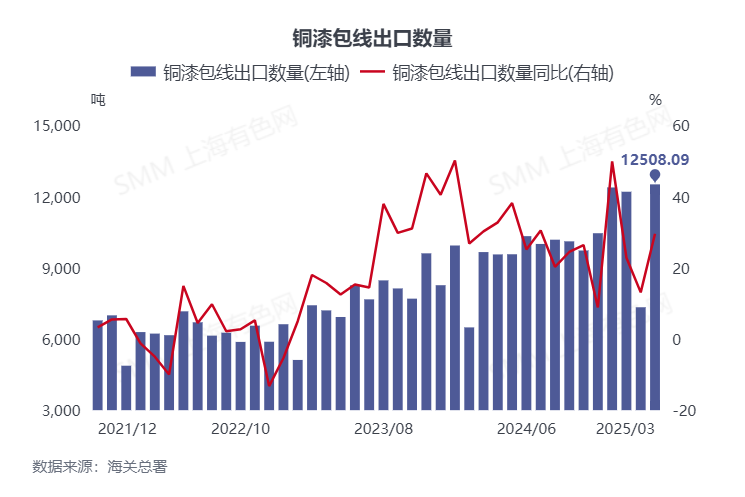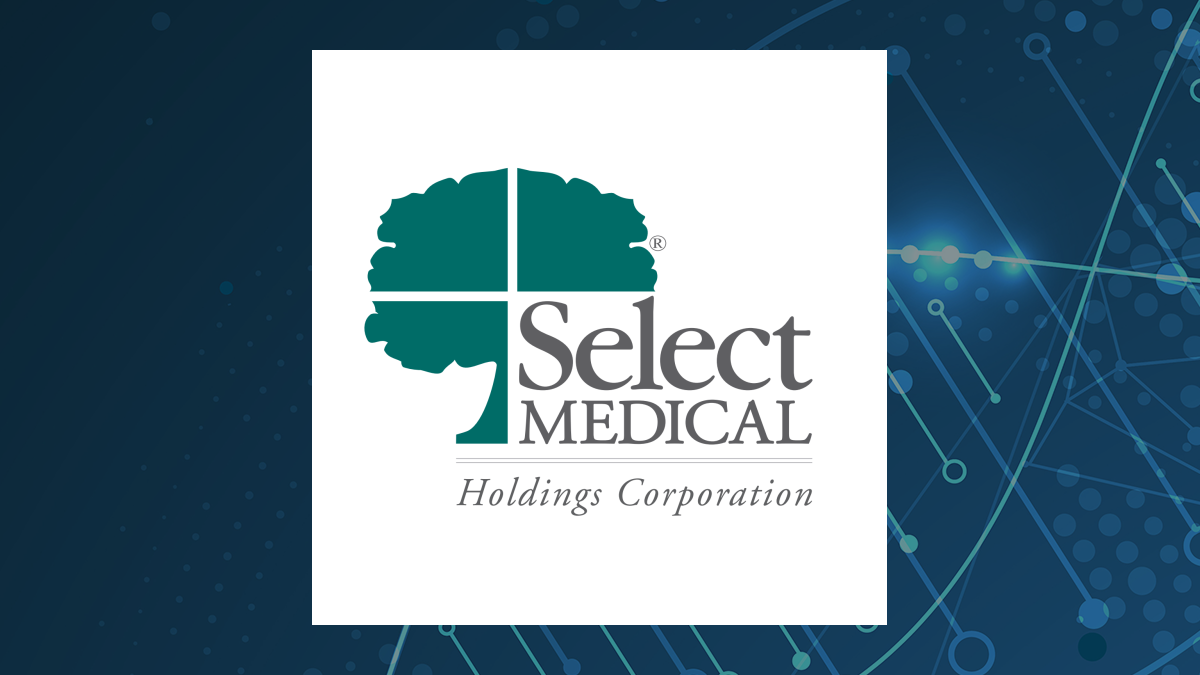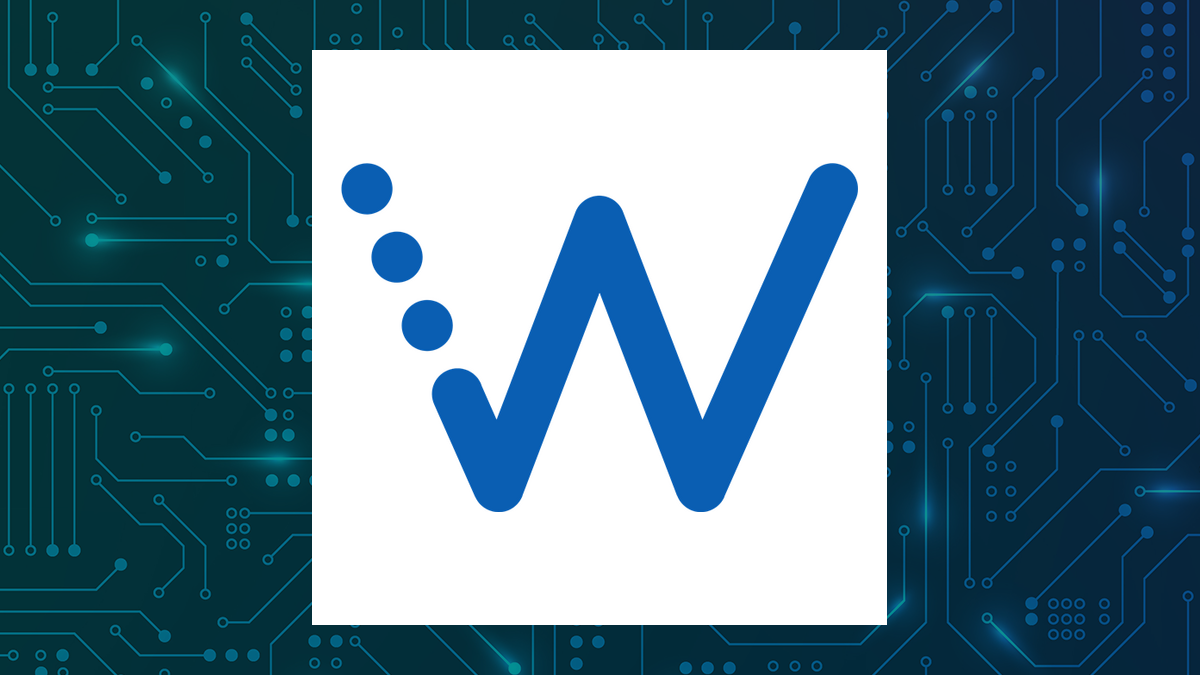In the ever-evolving healthcare landscape, technological advancements are reshaping patient care, security, and accessibility. Sachin Telalwar , a researcher in healthcare digital transformation, delves into these innovations, highlighting how modern digital frameworks are revolutionizing the industry. His expertise sheds light on the key advancements making healthcare more efficient, secure, and accessible.
Scalability has become a defining feature of healthcare systems, allowing organizations to efficiently manage patient data, telehealth services, and emergency response mechanisms. The transition from monolithic architectures to microservices has led to a significant reduction in system latency and improved resource utilization. By integrating cloud-native infrastructures, healthcare providers have achieved high system availability, ensuring seamless access to medical data even during peak operational periods.

Moreover, dynamic auto-scaling has reduced infrastructure costs while maintaining high performance, enabling healthcare systems to handle increased workloads efficiently. With the increasing adoption of digital health solutions, security frameworks have evolved to combat emerging cyber threats. The implementation of zero-trust architectures, multi-factor authentication, and AI-driven risk detection has greatly reduced unauthorized access attempts and enhanced data protection.
Healthcare facilities leveraging real-time device monitoring and automated security patching have reported drastic reductions in vulnerability exploitation, ensuring patient data integrity. Additionally, advancements in biometric authentication and behavioral analytics have strengthened identity verification processes, mitigating risks associated with unauthorized access to sensitive medical information. Digital transformation has played a pivotal role in improving healthcare accessibility, particularly for underserved communities.
The adoption of natural language processing and machine translation technologies has bridged linguistic barriers, increasing patient engagement across diverse populations. Additionally, screen-reader compatibility and mobile-responsive designs have significantly improved digital service adoption among visually impaired and elderly patients, ensuring healthcare services are inclusive. Healthcare providers implementing telehealth solutions have also expanded care access to rural and remote areas, reducing disparities in medical service availability.
Artificial intelligence has emerged as a game-changer in optimizing healthcare resource allocation. Intelligent scheduling algorithms have drastically reduced patient wait times and improved resource utilization rates. Machine learning models capable of predicting patient demand have enhanced hospital efficiency by ensuring that medical staff and equipment are allocated optimally.
Automated workflow systems have streamlined administrative tasks, allowing healthcare professionals to focus more on direct patient care. Furthermore, predictive maintenance of medical equipment has helped prevent unexpected failures, ensuring uninterrupted healthcare service delivery. The integration of real-time analytics has transformed clinical decision-making, reducing diagnostic delays and improving patient outcomes.
Healthcare facilities employing predictive analytics have significantly enhanced risk identification, enabling early interventions for critical conditions. Clinical decision support systems have further improved medication accuracy, reducing adverse drug events and ensuring adherence to evidence-based treatment guidelines. Additionally, AI-driven image recognition technology has improved diagnostic precision in radiology and pathology, aiding healthcare professionals in detecting conditions at an early stage.
Technological advancements have redefined emergency preparedness, enabling faster disaster response and resource mobilization. Integrated communication frameworks have enhanced coordination between medical teams, reducing response times during crises. The adoption of standardized data-sharing protocols has facilitated seamless cross-facility collaboration, ensuring efficient allocation of resources during public health emergencies.
Additionally, AI-powered predictive modeling has improved disaster readiness by analyzing historical data to anticipate future healthcare demands, allowing institutions to prepare in advance. Interestingly, the introduction of the leaps in technology brought new trends that should be in health as digital innovations adopt more. Artificial intelligence, remote patient monitoring, and blockchain data exchanges are expected to ensure better security and interoperability.
However, a challenge is found in cybersecurity threats, regulatory compliance, and equitable access to technology-aspects that must be looked at for sustainable development of digital healthcare. Meanwhile, the expected next advancement in personalized medicine is the combination of wearables and IoT-driven medical monitoring that will allow real-time health tracking for chronic conditions. Scalable health systems were considered not only in terms of the improved operational efficiency and security but also accessibility improvements.
The challenge road presents many shots for digital health evolution, yet surely the continued penetration of digital healthcare frameworks into the future will augment patient care and streamline medical service delivery. The insights of Sachin Telalwar provide a vision of a healthcare ecosystem that is technologically advanced and yet accessible and robust. It calls for the merge of highly sophisticated technologies with the age-old methods of healthcare delivery to create an environment where the systems talk to each other, and patient, and provider respond together to create healthier outcomes.
.
















